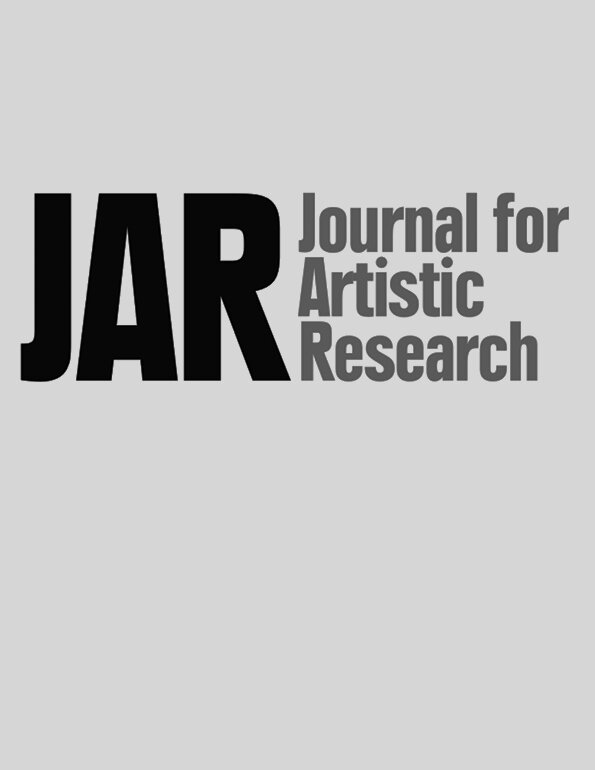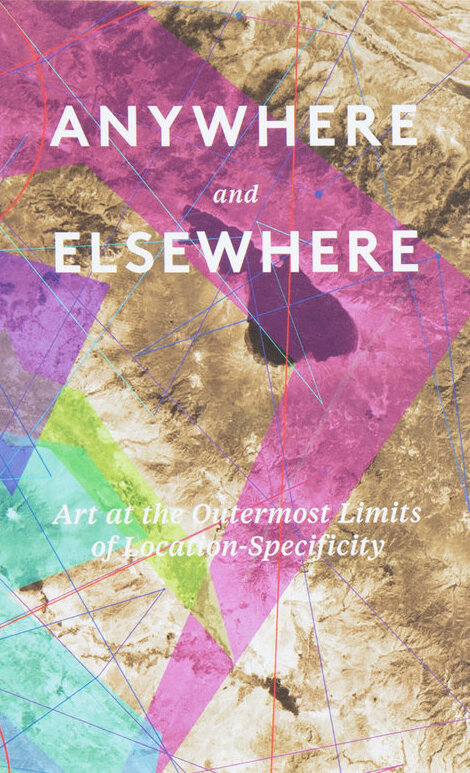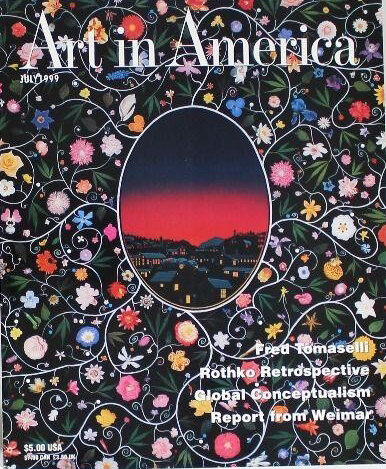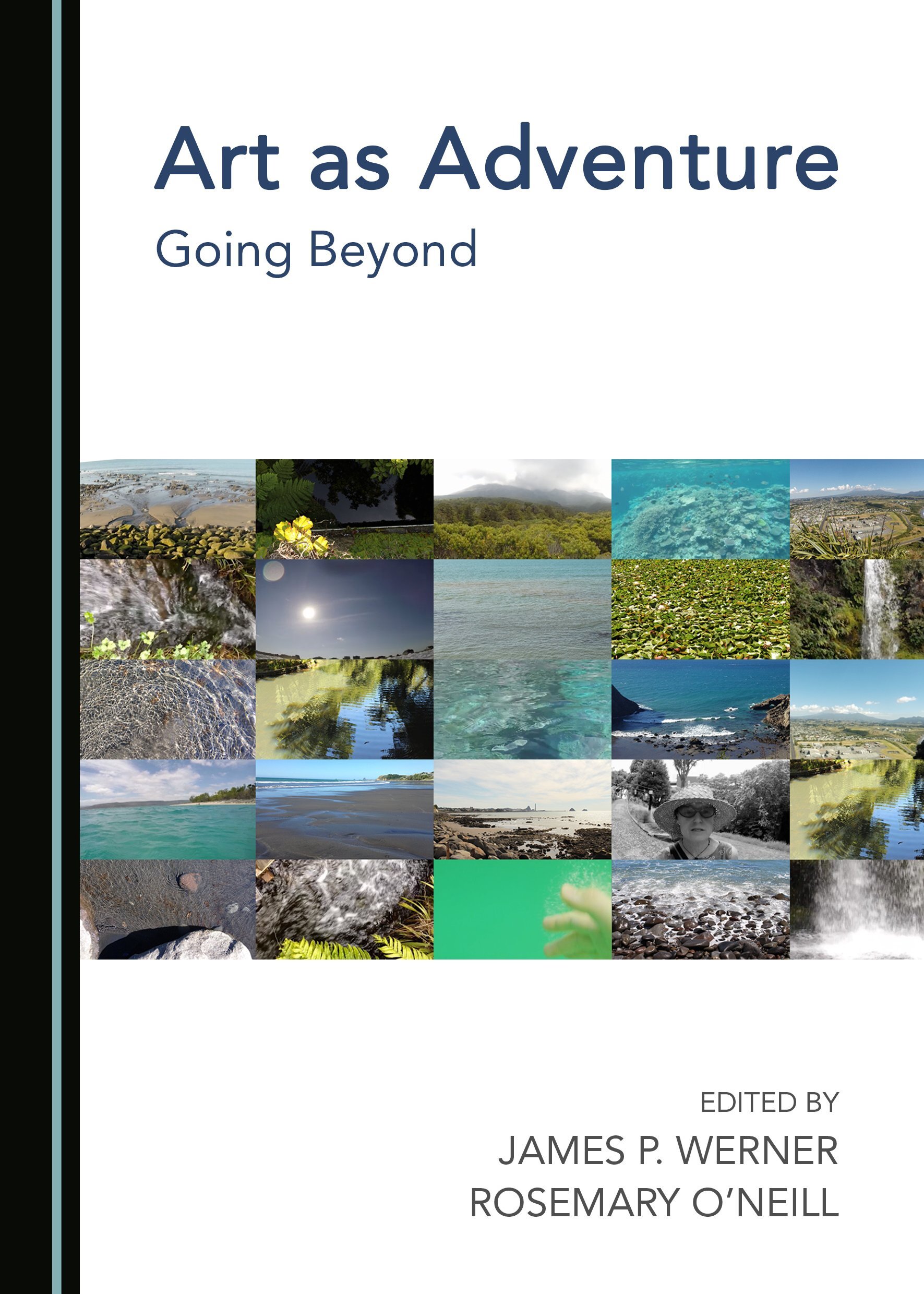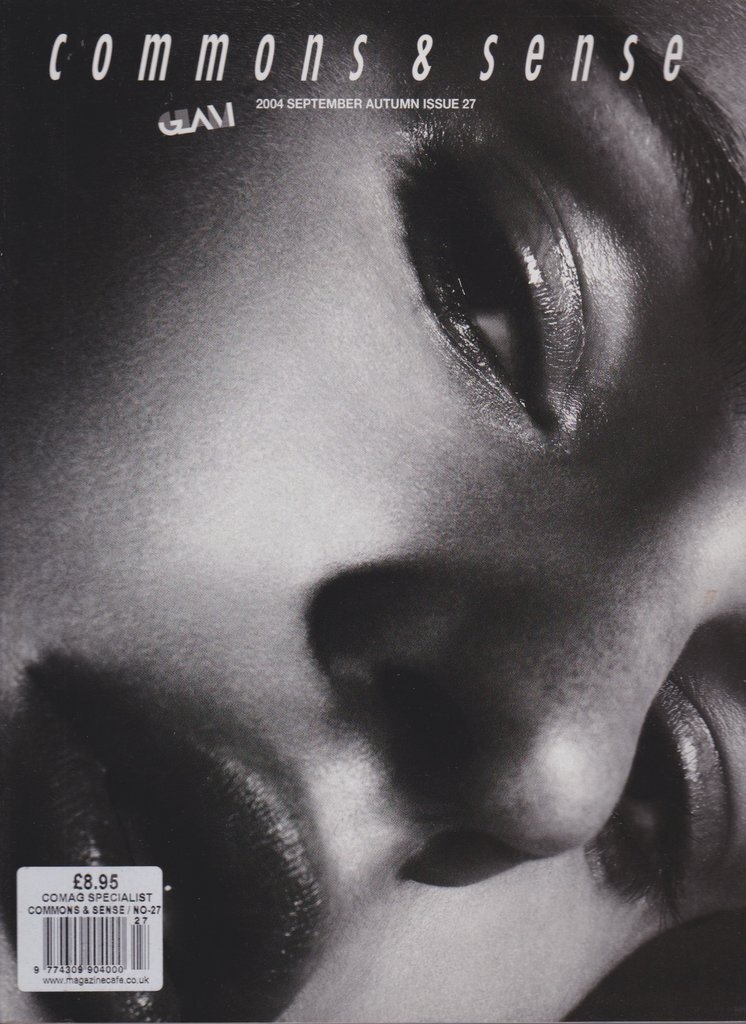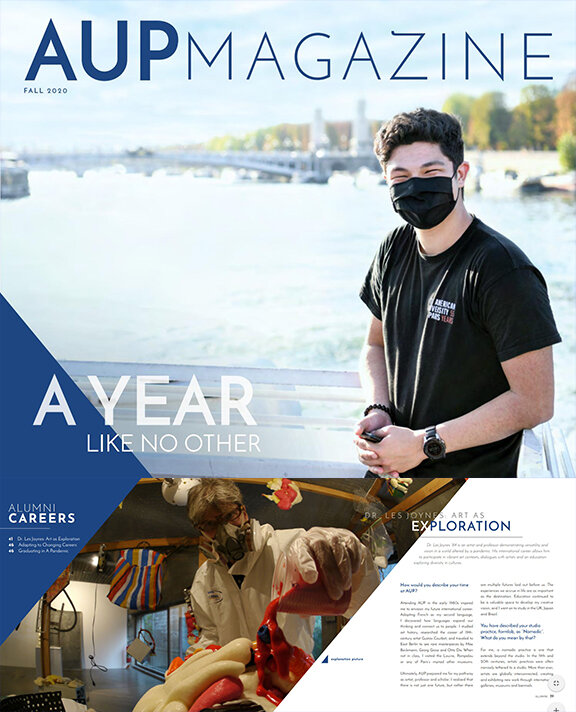Tohoku: Reflections on Memory and Disaster
Les Joynes, Chithravathi (Magazine) Kerala, 2022. A review of Tohoku, Through the Eyes of Japanese Photographers, Cholamandal Artists Village, Chennai, Tamil Nadu, India. Chithravathi (Magazine) Kerala, 29 July 2022
Tohoku … When we hear this name some of us will be familiar with its location in the rugged northern part of Honshu, the main island in Japan. Tohoku Region (in Japanese: Tohoku Chiho) comprises six Japanese prefectures: Akita, Aomori, Iwate, Miyagi, and Yamagata, and a prefecture we are all familiar with, Fukushima, that was the site of not one, but three nuclear meltdowns at the flooded TEPCO nuclear power station that released radioactive iodine-131 and caesium-137 into the soil, ocean and atmosphere. In 2015 the Kobe Shimbun reported that there were more than two-hundred thousand people displaced. A 2021 report from Japan's Fire and Disaster Management Agency reported the Tohoku events resulted in more than nineteen thousand deaths, more than six thousand injured and more than twenty five hundred missing. A November 2021 report by Japan's Reconstruction Agency revealed that there were a thousand residents still living in temporary housing.
Instead of documenting the anxiety wrought by Japan’s worst nuclear power plant disaster, this exhibition documents the times from 1940s to weeks just preceding the 4-11 disaster. Images display pastoral and bucolic images of village life, the solitude of nature and traditional celebrations that are embedded in traditional Japanese culture. It is the very absence of any reference to the disaster that makes the viewer feel a sense of impending calamity which will befall these often smiling subjects unaware of what is about to happen. Curated in 2012 by Iizawa Kotaro, the exhibition features works from Japanese photographers including Haga Hideo, Oshima Hiroshi, Naito Masatoshi, Tatsuki Masaru, Lin Meiki, Tsuda Nao, Hatakeyama Naoya and the photography collective, Sendai Collection. The photos focus on the historical and sometimes romantic reflections of Tohoku by its inhabitants and by observers.
Through black and white and color photography time is captured as if it is a life-form embedded in amber. To be beheld, turned over and over in one’s hand - something frozen in the moment. Owing to the nature of the mechanism, the photographic frame is selective – and the subjects depicted in their villages seem unaware of our existence seeing them from the future, but sometimes their gaze wanders outside the frame, behind us towards something that even we cannot see. Through the images we feel the solitude and emotional challenges faced by communities living on the fringe of nature.
But what is authentic? And what does “authentic” index? Can authentic mean a favored memory? I am reminded of my own family albums, heavy black leather bound folios kept on a cabinet in my childhood home in Santa Barbara, California. In the early 1960s my mother carefully selected and collaged these photographs into the ivory-colored pages. The photos ranged from 1920s sepia toned stern-faced studio portraits to 1950s and 1960s carefree color snapshots of smiling family members and friends mingled with newspaper clippings highlighting weddings, births, deaths and graduations. As a small child these albums served a point-of-reference for me to identify and locate close and distant relatives both living and dead and put places into a context. They became a touchstone to my own memories. The images were installed in chronological order mapping a sequential experience not unlike that of listening to songs on a record album where when one track finishes we may anticipate in our minds the first bars and lyrics of the next track.
Memories evoked by photographs are themselves constructed, curated, preserved and passed on as a legacy. But memory can be mutated. In the 1990s, my mother then in her mid-seventies set to work to re-curate the albums. As such she created a revised history. New images were added such as snapshots of grandchildren and grandnephews of extended families far away. Images of unfamiliar people were relegated to the end of the final album titled “1977 – present” which had about forty blank pages to spare and these photos were exiled to a kind of photographic paupers field. They became graveyard of photos somehow discordant from the rest living outside the gates appended as an apostrophe that led nowhere. They became a ghost town – the sprawl of development halted in its tracks at the edge of a desert. Other photos were simply removed. Falling into my mother’s disfavor, some family members were excised from the pages leaving haunting white spaces in the yellowing heavy paper sometimes with remnants of paper where the photo was cleaved. For my mother, revising these albums was a therapeutic way to manufacture a different view of history. For me it became simply a different story – one where trauma was omitted. And the more the trauma was hidden the more I thought about it.
The exhibition Tohoku, Through the Eyes of Japanese Photographers then is a construction of a “normal” – the pastoral, the historical, and the quotidian of life in Tohoku. Each passing moment experienced by the subjects captured unaware that destruction would rage through their towns, homes and lives. As observers reading these images in sequence we are aware of the fragility of these moments constructed as if on the edge of a steep cliff. I am reminded of the breath that one might instinctively draw just before and accident.
Chiba Tetsuke (b Akita Prefecture ,1917-1965) shares reflections of local inhabitants that are so idyllic that they could be stills in the early films of Ozu Yasujiro’s contemplative and personal stories. They evoke a feeling that one is observing an idyllic if not “Honmono no Nihon” – an authentic Japan. Kojima Ichiro (b. Aomori, 1924-1964) chose for his subjects villagers and the natural the rough beauty and sometimes forbidding rustic especially in his 1957 photo Twilight, Jusan, Goshogawara-shi which depicts a solitary bundled up villager walking on a rural dirt road in front of a store at dusk evoking a sense of solitude along Japan’s frontiers. The works of Haga Hideo (b 1921 in Dalian. Manchuria) share images of local communities in religious festivals and dance punctuated occasionally with personal expressions of revelers and children facing the camera. Bold temple masks photographed in the 1980s by Naito Masatoshi (b 1938 in Tokyo) document the centuries old folk religions and traditions in Tohoku in particular the Dewasanzan-jinja, a Shinto shrine and pilgrimage site in Yamagata Prefecture. Color lambda prints of larger-than-life temple deities pierce the protective veil and the perceived safety of the museum as if to challenge the observer to awaken and take notice that they are not in a dream. Oshima Hiroshi (b in 1944 in Morioka in Iwate Prefecture presents images of village life, domesticated animals, and one image of an unknown villager, his face blank with a stare that could be that of detachment, surprise or bewilderment. Two images in the exhibition: View from a window, 1959 Morioka and Koiwai Farm 1958 contrast scenes of a funeral procession and a picnic. The funeral procession in View from a window, 1959 Morioka shows two vehicles driving on a gray overcast village street. Black and white framed funeral portraits of the deceased are mounted on a four-wheel escort vehicle which is followed by a hearse. In contrast, the Koiwai Farm family portrait is reminiscent of Édouard Manet’s 1863 painting Le Déjeuner sur l'herbe. It is a portrait of a middle class Japanese family portrait – a father in a suit and tie, children, one dressed in a black military-style seifuku uniform. The family sitting on the freshly mown sun-lit grass gives them an air of insouciance - that everything is, and will remain, prosperous and safe. Standing apart in the exhibitions is a series of saturated chromogenic prints by Lin Meiki (b. Yokosuka in Kanegawa in 1969) created in 2011. These images explore water and flora in deep greens, frozen blues presenting on one side an abundance of nature - and in the context of the exhibition of shy ambivalence. The color works of Tatsuki Masaru (b. Toyama Prefecture 1974) depicting more contemporary inhabitants in Tohoku captured in 2007-2008. These images reflect the direct flash of the camera giving them a sense of immediacy and directness. The subjects nevertheless pose for the images. Some showing a sense of pride and perhaps defiance. The works of Sendai Collection, a photography collective initiatied by Ito Toru which includes photographers Ito Toru, Ouchi Shiro, Kotaki Makoto, Matsutani Wataru, Saito Hidekazu, Sasaki Ryuji and Anbai Reiko include portraits of inanimate buildings in Tohoku: pachinko parlors, soba shops, CD and DVD shops all in a state of stasis if not paralysis. A Japanese artist well known for documenting the aftermath of the 3-11 disaster is Hatakeyama Naoya (b. 1958 in Iwate Prefecture). The images selected for this exhibition however include the “pre-math” (in contrast to aftermath) of the destruction wrought by the earthquake and tsunami – these are captured in picturesque and meditative images of the village of Kesengawa from 2002-2010.
And finally, we see the work of contemporary artist, Nao Tsuda (b. Kobe in 1976) which explores almost formalist composures of winter landscapes compounding an almost suffocating feeling of isolation. His blue-tinged work Kamoaosa, Akita (2011) frames a hillside view of the village in clouded diffused light. The moored boats, like bathtub toys in a blue-chilled sea lay exposed and defenseless. It reminds us that time is almost out – that the event is ascending and all will change forever.
Memory is an elusive conception. How are our personal memories related to and influenced by the overlays of collective memories. How does the photographic image capture, shape and preserve memory and how can those preservations relocate our perceptions of an event. As in the creation of family photo albums memories can be aggregated, curated and mutated. In a photography exhibition like Tohoku, Through the Eyes of Japanese Photographers, images and the captured memories therein, can co-exist in multiple layers containing both trauma and tranquility. As spectators we observe the images in the exhibition intertwined with our own knowledge of the destruction that will transpire. The exhibition enables us to overlay and imprint a new parallel vision – one of calm and tranquility that can co-exist in our minds.
The exhibition visits major cities of India and in 2022 marks the 70th Anniversary of the establishment of Diplomatic Relations between Japan and India. 2022 © Les Joynes
About Les
Dr. Les Joynes (US) is a contemporary artist, art critic and curator based in New York and New Delhi. He is recipient of the Fulbright-Nehru Professional and Academic Excellence Award and is a Senior Scholar at Indira Gandhi National Centre for the Arts, New Delhi researching Indian contemporary art and visual cultures. First publishing in 1990, Les began contributing art criticism in 1997 and has written for Art in America, Flash Art, and Springer and recently contributes on artist-centric museums in China’s Cultural Landscape by Mid-Century (Long Museum, Shanghai). Trained in both art history and contemporary studio practices, Les recently reviews new creative practices for the Journal for Artistic Research (JAR). He is one of the founding editors of ProjectAnywhere, a peer-reviewed journal at University of Melbourne and Parsons School of Art and Design, New York.
Researching contemporary art and visual cultures, Les was 2015 Research Fellow at University of the Arts London Research Center on Transnational Art, Identity and Nation (TrAIN) in London. Active in curating and producing museum exhibitions, he has produced exhibitions and public performances in Japan, Brazil, Singapore, China, France and Mongolia and was member of the curatorial team that created the Inaugural Taipei Biennial “Sites of Desire” exhibition.
He received his BA (Hons) Fine Art at Central Saint Martins College of Art & Design, MA Fine Art at Goldsmiths, University of London, Masters in Fine Art at Musashino Art University, Tokyo, Japan and M.Sc from Boston University and Vrije Universiteit Brussels Faculty of Economic and Social Sciences. He was awarded his PhD Fine Art from the Faculty of Art, Environment and Technology Leeds Metropolitan University, UK; and Post-Doctorate in Fine Art from the School of Art and Communications at University of São Paulo, Brazil. At Columbia University he researches contemporary visual cultures and the future of museums.
